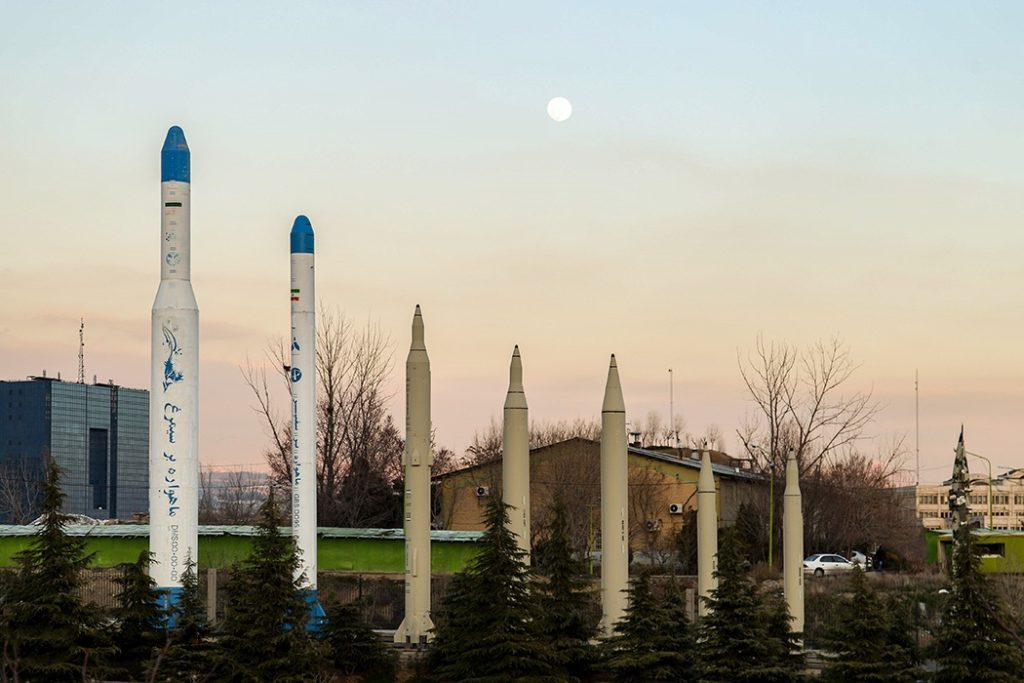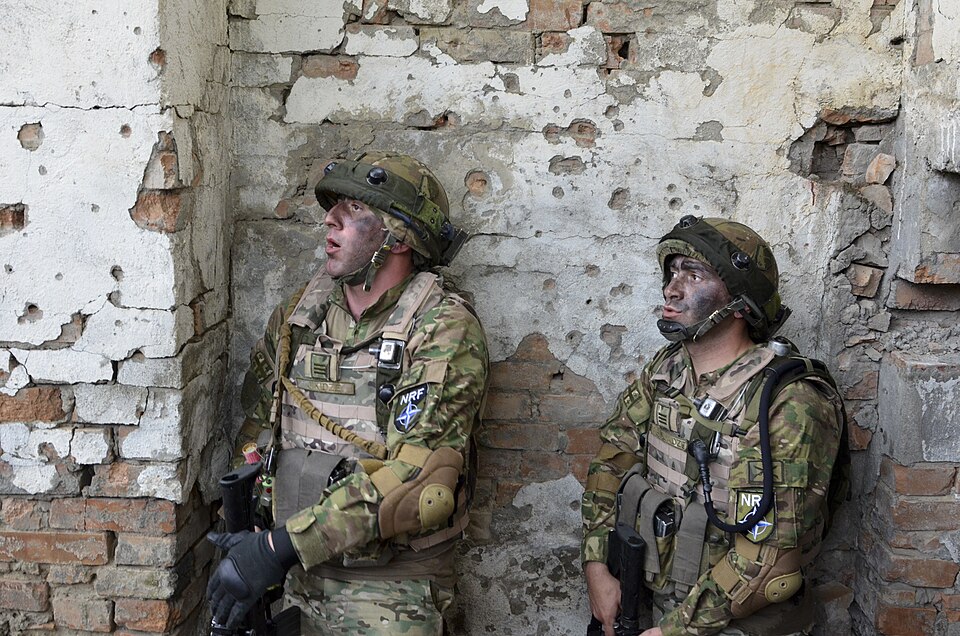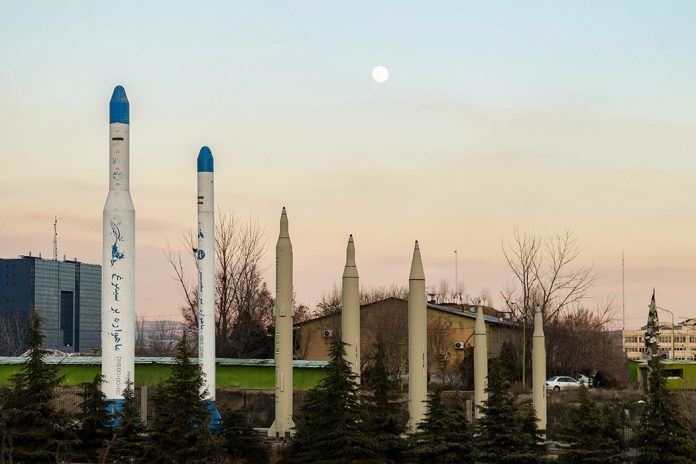
“If there is another war, they hope to fire 2,000 missiles at once to overwhelm Israeli defenses.” That stark warning from Ali Vaez of the International Crisis Group is not hyperbole-it’s a declared strategic goal by Tehran. For defense analysts and military planners, this is more than a headline-it’s a sign of how fast the missile calculus in the Middle East is changing.
Iran’s missile program has been a mainstay of Iranian deterrence, given Tehran’s lack of a modern air force. But an ambition to quadruple its June 2025 launch rate sets a new threshold in terms of scale and intent. It comes in the aftermath of the 12-day war-a conflict that exposed vulnerabilities on both sides, depleted stockpiles, and left regional actors recalibrating their security postures.
This listicle distills nine of the most critical insights from recent intelligence, satellite imagery, and battlefield assessments on production capacity, strategic intent, regional consequences, and the evolving interplay between missile forces and nuclear ambitions.

1. Tehran’s Announced Mass-Strike Aim
Publicly, Iran has pivoted to what officials refer to as “mass-strike readiness,” putting factories to work 24 hours in an effort to reach its stated goal of launching 2,000 missiles at once in some future conflict. That is a far cry from the estimated 500 missiles fired over 12 days in June 2025. The declared objective of this salvo will be to saturate and overwhelm Israel’s multi-tiered defenses, comprised of both Arrow and Iron Dome systems, all in one overwhelming salvo.

2. Production Capacity – Between Israeli and U.S. Estimates
Satellite analysis of Iran’s solid rocket motor facilities at Shahroud, Khojir, and Parchin shows 44 to 56 casting pits, with cure times for Hydroxyl-Terminated Polybutadiene propellant between 6 and 10 days. This equates to 136–217 solid-fueled missiles per month, within range of Israeli projections for 240, including liquid-fueled systems. In contrast, US intelligence estimates, excluding the newest lines at Shahroud and using longer curing times, are 62–95 missiles per month a disparity because of the difference in assumptions over facility readiness and bottlenecks.

3. Surviving Infrastructure After Israeli Strikes
In Operation Rising Lion, Israel seemed to target mixing buildings-apparent production bottlenecks-while leaving much of Shahroud’s expanded casting capacity intact. The selectiveness of the targeting means that if Iran can replace the mixers that have been destroyed, it could restore high-volume production rather quickly. The biggest, newest casting lines – a total of 22 pits built in the past year – are still largely intact, preserving Iran’s ability to scale output once bottlenecks are resolved.

4. Missile Arsenal and Attrition Rates
The pre-war estimates of Iranian ballistic missiles numbered some 2,000 operational missiles however that figure included the short-range systems that did not have far enough reach to hit Israel. Israeli operations reportedly have destroyed about one-third of the Iranian launchers. With a monthly production rate insufficient to match current firing tempos, Tehran must carefully ration launches, weighing immediate tactical needs against the need to hold strategic reserves.

5. Changes in Targeting Doctrine
Recent Iranian strikes have emphasized a shift toward countervalue targeting, wherein strikes are concentrated on highly populated urban centers such as Tel Aviv and Haifa, rather than exclusively on remote military installations. This may reflect the limited accuracy of medium-range systems and an interest in imposing greater political and psychological costs on Israel, consistent with perceived Israeli strikes on Iranian cities.

6. Integration with Nuclear Strategy
Iran’s missile buildup parallels murky nuclear activity. The accelerated construction since June at the Pickaxe Mountain underground facility near Natanz, involving multiple portals and expanded perimeter security, could house centrifuge assembly, metallurgy, or even clandestine enrichment of Iran’s 400 kg of 60% enriched uranium, positioning it for rapid weaponization if enrichment to 90% proceeds, analysts warn.

7. Regional Isolation and Strategic Recalibration
Iran’s position in the region has dramatically deteriorated, with former allies like Syria seeking U.S. engagement and its Gulf rivals deepening their relationship with Washington. This isolation appears to be pushing Tehran toward relying increasingly on its missile and nuclear capabilities as a hedge against lowered diplomatic leverage. In this way, the missile program serves simultaneously as a deterrent and as a bargaining chip in any future negotiations.

8. Evolving Deterrence Dynamics
The weakening of Hezbollah’s arsenal and the limited reach of the Houthis have also combined to erode Iran’s air defenses, thus undermining Tehran’s deterrence-by-punishment model. As Israel has adopted an elevated risk tolerance since October 2023, this shifts the balance further large-scale missile threats are less capable of deterring strikes. This breakdown in deterrence relationships accelerates the arms race and escalates risks.

9. Possible Paths of Escalation
Iran has options beyond direct missile salvos hitting Israeli critical infrastructure, Gulf petrochemical facilities, or U.S. bases with short-range systems. Anti-ship missiles could threaten commercial shipping in the Gulf and Red Sea Tehran has issued threats to close the Strait of Hormuz. Each course is fraught with strategic risk-from alienating Gulf partners to provoking direct U.S. intervention. Not only is Iran’s ambition to fire 2,000 missiles in a single engagement a technical challenge, but it is also a strategic gamble shaped by battlefield lessons, industrial resilience, and shifting regional alliances.
The interaction between production capacity, targeting doctrine, and nuclear opacity will mark the next phase of the Iran-Israel confrontation. The question for defense planners is less whether Iran can achieve this benchmark than how Israel and its allies will adapt to a threat intended to saturate even the most advanced missile defenses.


